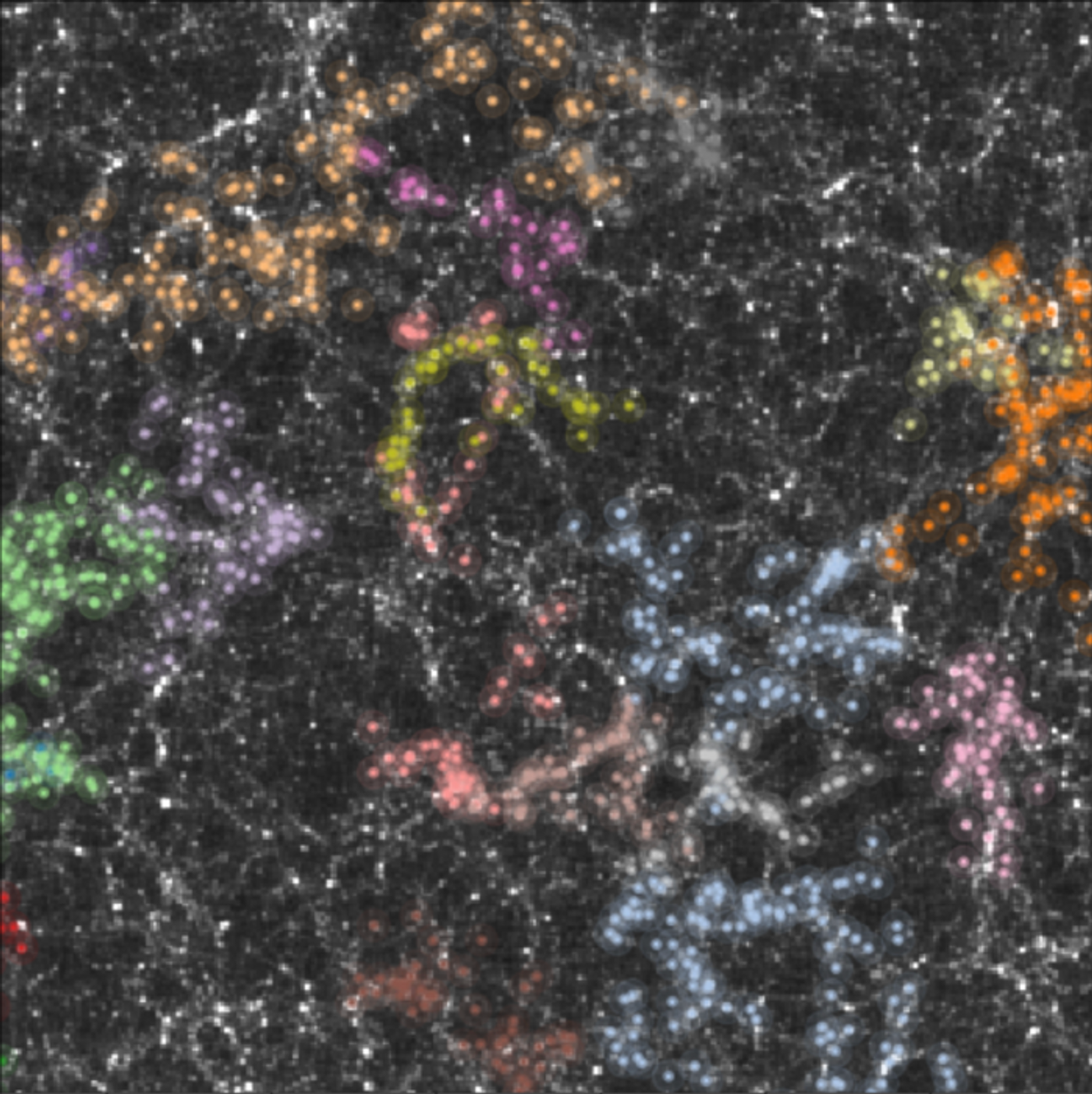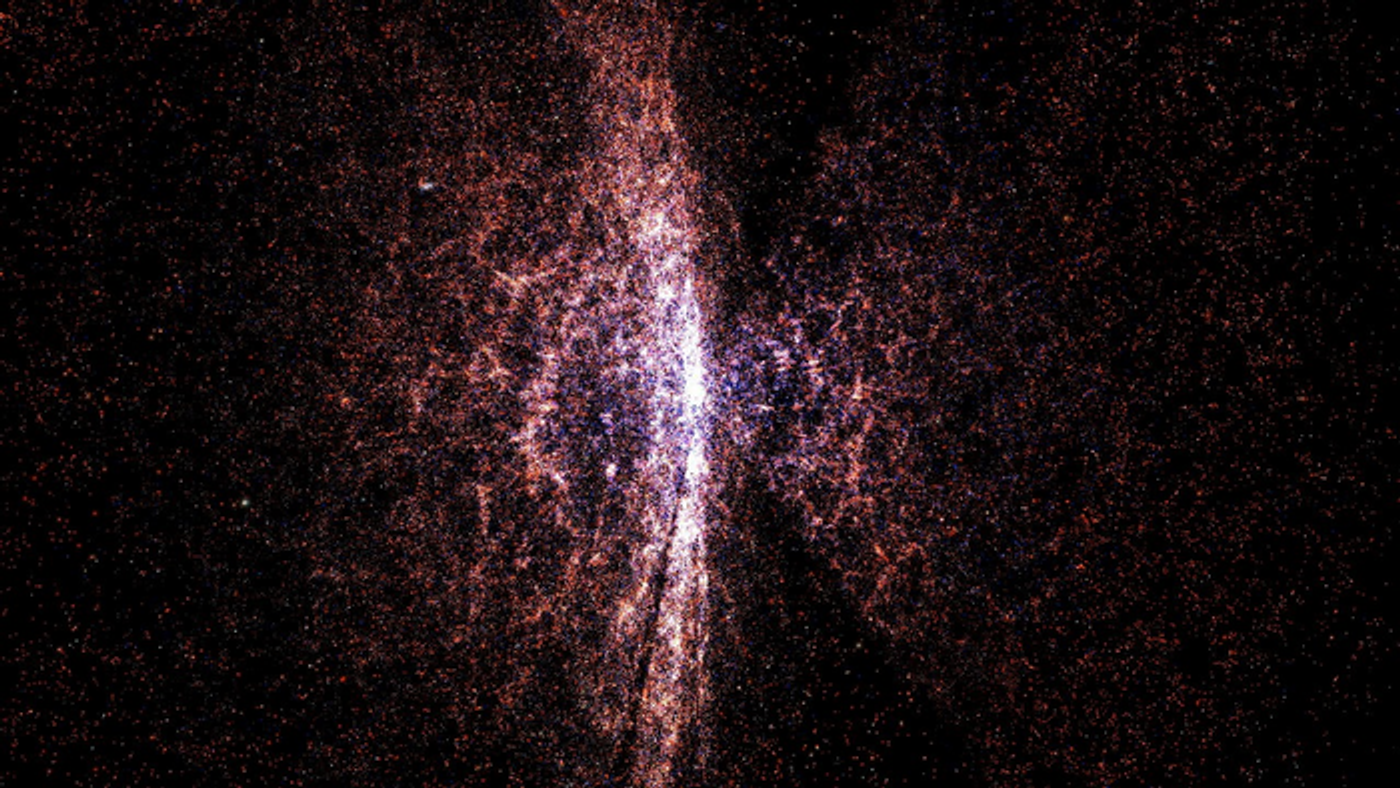Computer Simulations Bring Order to a Chaotic Universe
The universe is a vast and complex structure packed with endless stars, planets, nebulae, and galaxies stretching back almost 14 billion years. While this is the age of the universe, there's a difference between its age and what can be observed, which is known as the observable universe and is estimated to be approximately 46.5 billion light-years. However, the human eye is only capable of seeing as far as Andromeda Galaxy, which is located 2.6 million light-years from Earth, so there's a lot more literal space that requires powerful instruments to observe.
But even with these powerful instruments, the universe is still a pretty disordered and chaotic place, and this is where a research team recently used computer simulations to bring order to the disorder of the universe with its stars and galaxies scattered throughout the vastness. The goal of the study was to better understand the fundamental structure of the universe, as it has often been regarded as possessing a heterogeneous structure.
A portion of the universe (black and white), dark matter halos (points), and large-scale topological structures (colors). (Credit: Philcox & Torquato; The Quijote Simulations)
“What we found was that the distribution of galaxies in the universe is quite different from the physical properties of conventional materials, having its own unique signature,” said Dr. Oliver Philcox, who is a postdoctoral research scientist at Columbia University, and lead author of the study. Dr. Philcox conducted the research as a visiting PhD student at the Institute for Advanced Study at Princeton University from September 2020 to August 2022.
For the study, the researchers treated each galaxy as a single point of light as opposed to one giant distribution of galaxies throughout the cosmos. Through this, they were able to bring a type of quantitative order to everything. The researchers analyzed 1,000 simulations of public simulation data, which consisted of one billion “particle” of dark matter, which galaxy clusters are made of.
Their study’s findings were able to ascertain what the researchers referred to as “hyperuniform” the universe exhibits at the largest scales of several hundred megaparsecs. For contrast, one megaparsec is equal to 3.26 million light-years. On much smaller scales of up to 10 megaparsecs, the universe exhibits the completely opposite structure, displaying what the researchers refer to as “antihyperuniform”.
“The perceived shift between order and disorder depends largely on scale,” said Dr. Salvatore Torquato, who is a professor of chemistry at Princeton, and co-author on the study. “The pointillist technique of Georges Seurat in the painting A Sunday on La Grande Jatte produces a similar visual effect; the work appears disordered when viewed up-close and highly ordered from afar. In terms of the universe, the degree of order and disorder is more subtle, as with a Rorschach inkblot test that can be interpreted in an infinite number of ways.”
Visualization of the univere's largest structures from the Sloan Digital Sky Survey. (Credit: NASA/University of Chicago and Adler Planetarium and Astronomy Museum)
Going forward, the methods used in this study could provide future applications in the fields of condensed matter physics and cosmology, along with being able to examine other features of the universe, including when the universe experienced what’s known as the “Epoch of Reionization”. On a smaller scale, these same methods can also be used to examine material systems on Earth, as well.
What new insights into the order and disorder of the universe will scientists uncover in the coming years and decades? Only time will tell, and this is why we science!
Sources: NASA, Universe Today, Physical Review X, Institute for Advanced Study, Cosmos, Art Institute Chicago, National Science Foundation
As always, keep doing science & keep looking up!










